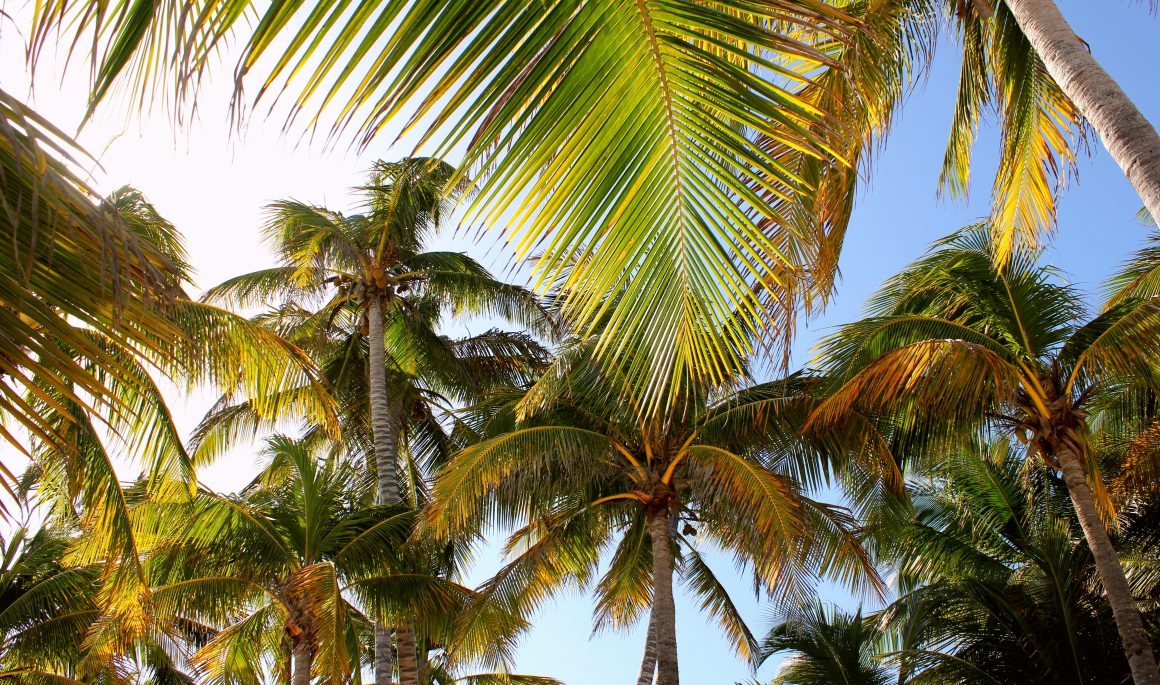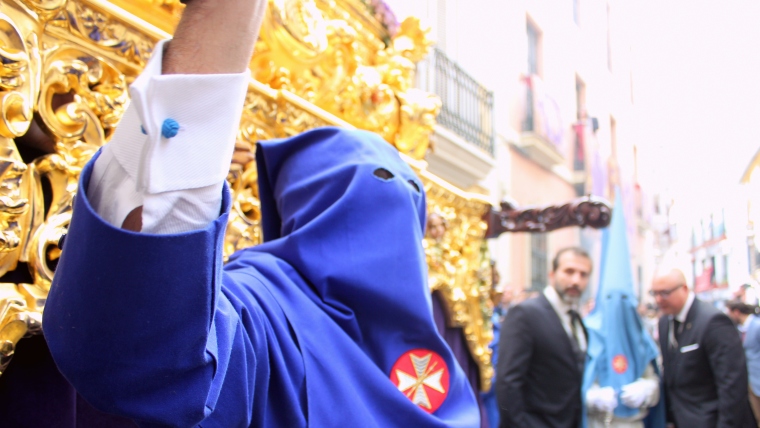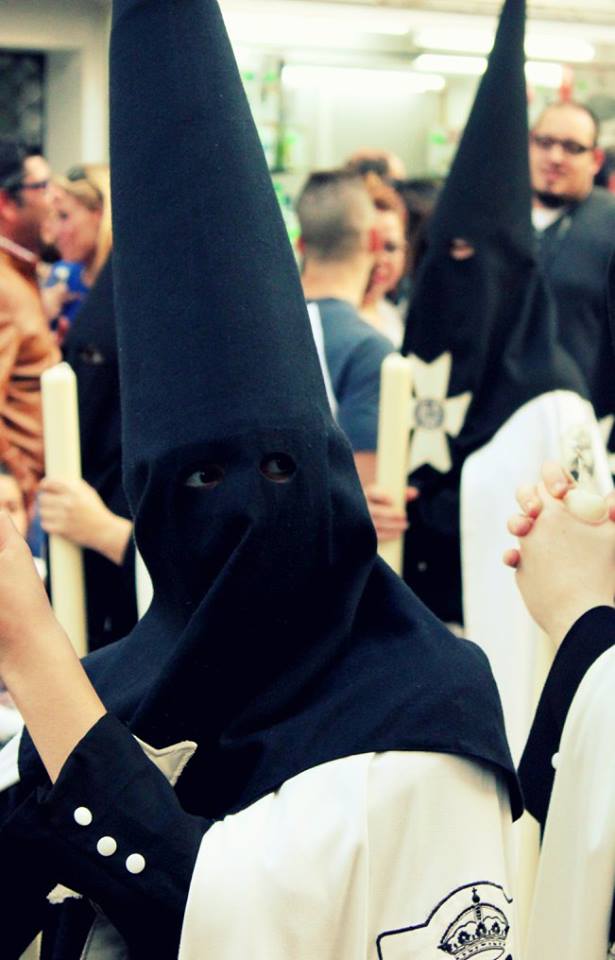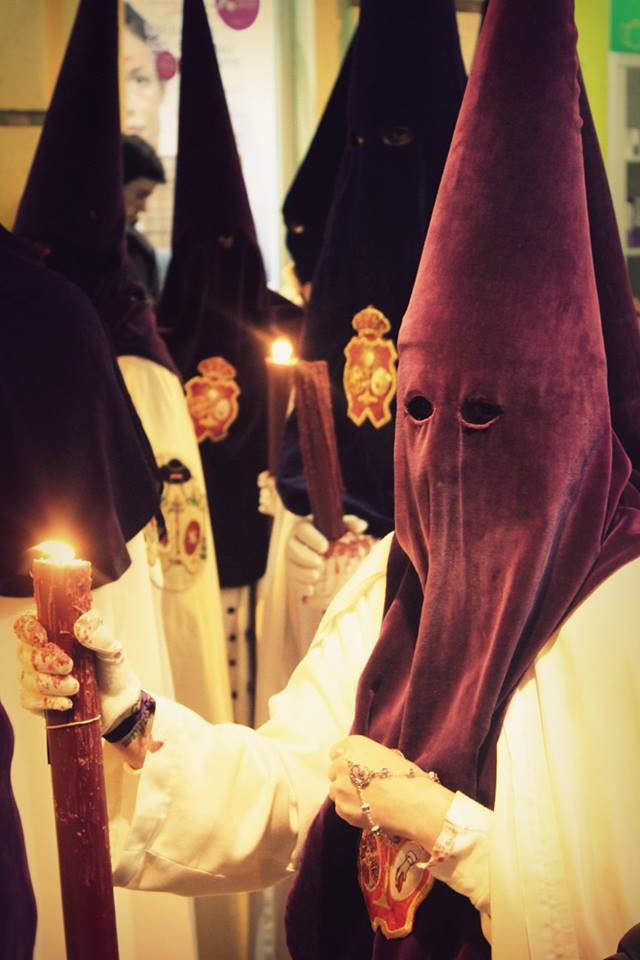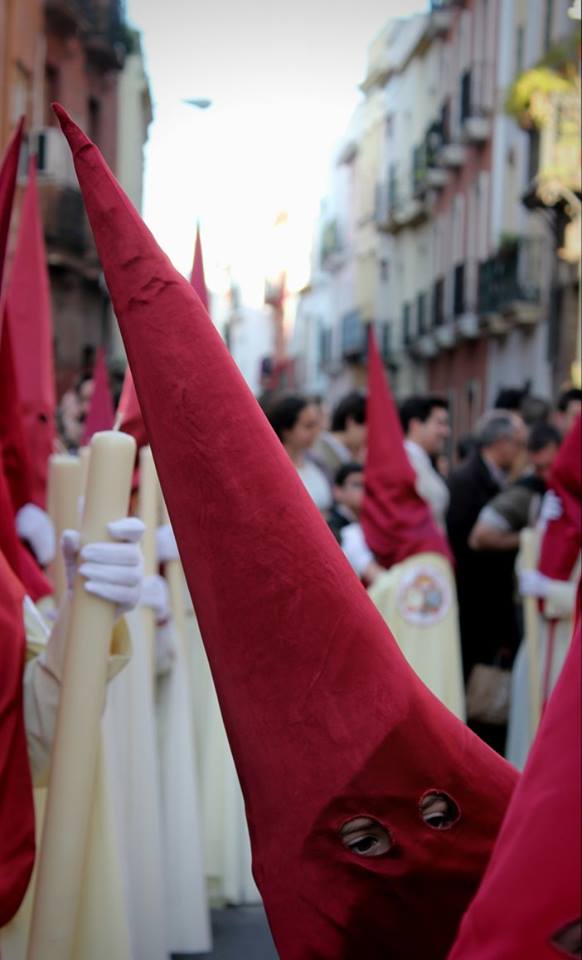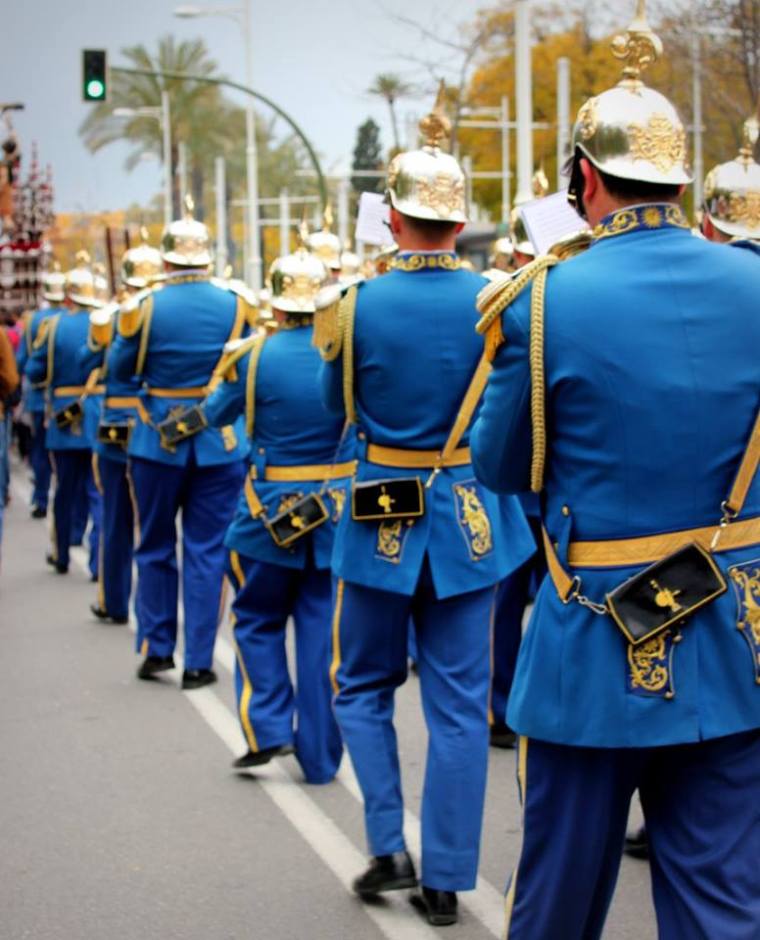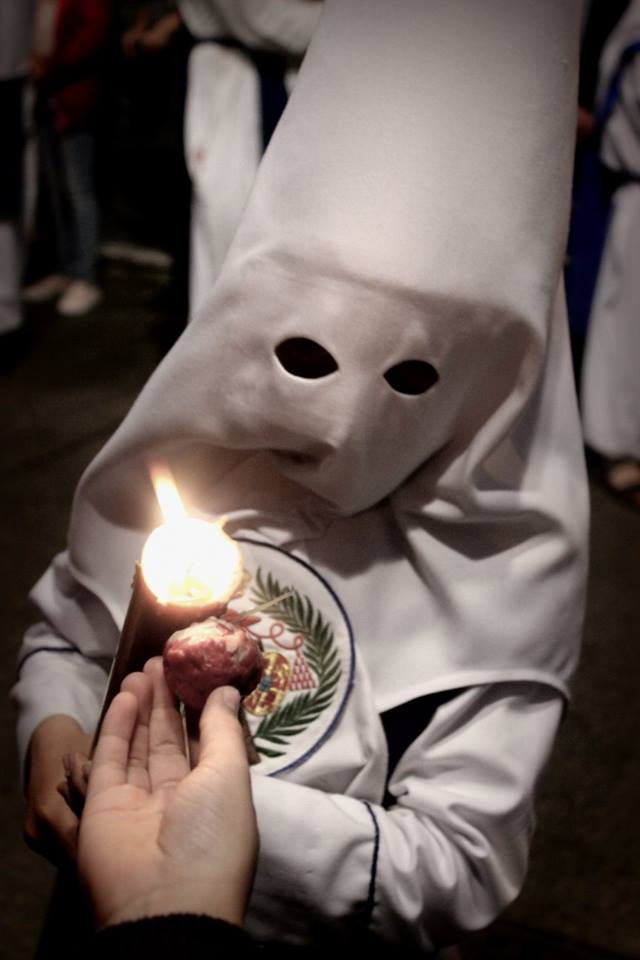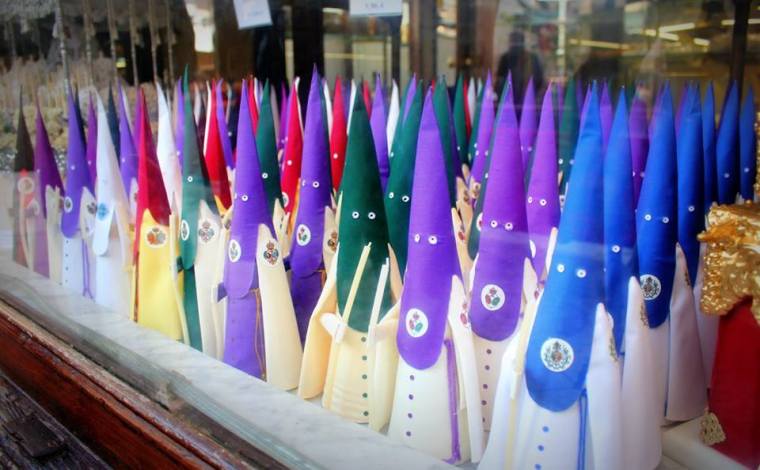Having been living in the Basque Country since September I decided I needed a dose of Central and Southern Spain. I didn’t set out to hit as many Spanish cities as I could over my Easter break but it sure turned out this way. I ate enough churros and paella to last me a lifetime, dozed on sandy beaches, got lost wandering through sunny, cobbled streets, struggled with the different Spanish accents, visited some top tourist attractions and had a generally awesome time.
Here’s the low-down:
- Bilbao
We’ll start with my home town as, despite the fact that I live here, it was technically the first stop on my holidays. I’m trying not to be biased as I have spent a lot more time here than any of the other cities on this list, but there is a certain honest charm to this city that I have become very much accustomed and attached to. Particularly to Puppy (pronounced Poopy) the dog made of flowers at the Guggenheim Museum:
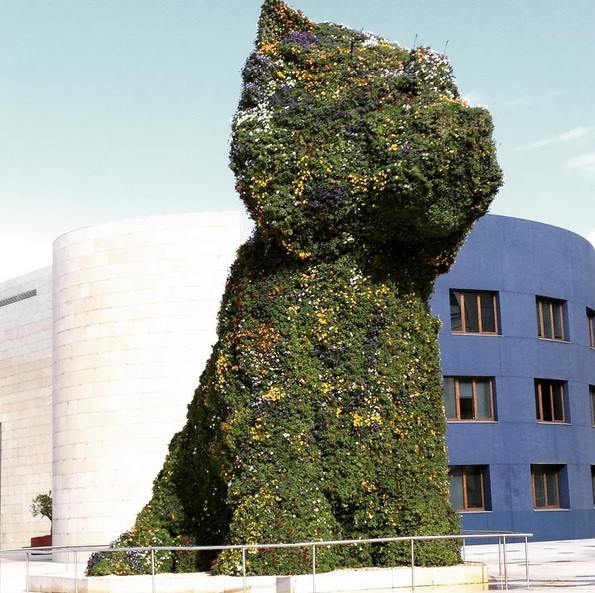
However, one will find no tapas, no sangria and no flamenco in the Basque Country so I was in need of some authentic Spanish travelling. Thus began my holiday, on a chilly, drizzly Thursday afternoon at the bus station, which sits in the shadow of San Mames football stadium. I will not lie, some sun was very much required at this point…
- Madrid
Second stop, the capital of Spain. I met my mother at our adorable, little hostel just off Gran Via and we spent a long weekend simply wandering around, stumbling across tourist hotspots and sampling all that this chilled-out capital has to offer. There’s a definite hustle and bustle to Madrid but you never feel totally lost or out of your depth like you can in other big cities like London. I would argue that there is nothing particularly defining about Madrid and on a grey day it was not a hugely photogenic city. The majority of my photos from here were taken of mother and I eating copious amounts of food inside the Mercado de San Miguel, a place where I could quite happily spend the rest of my days.
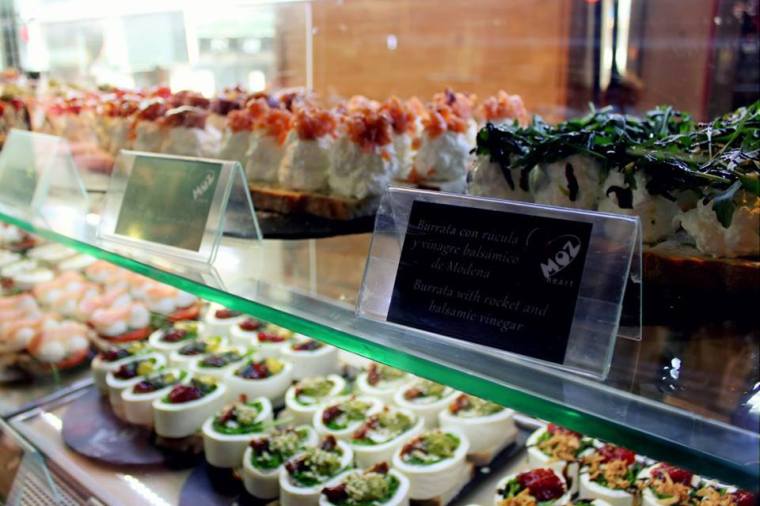
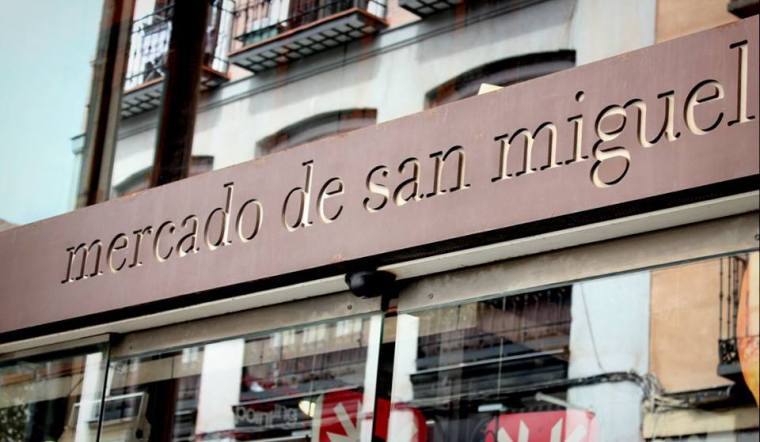
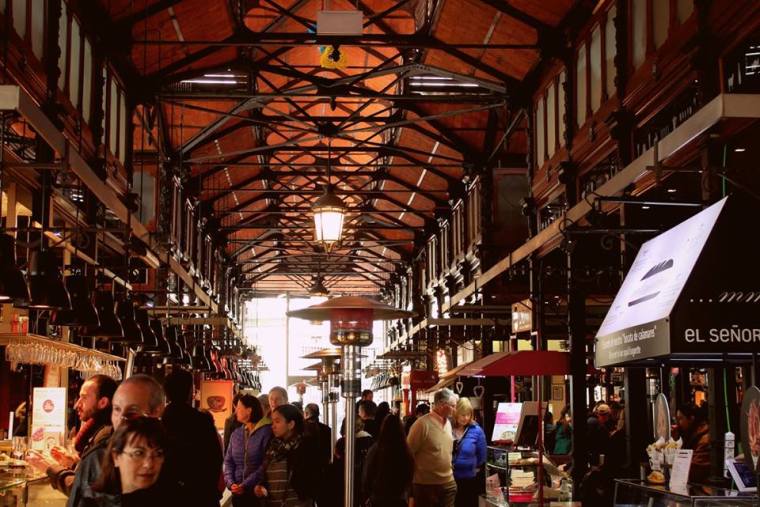
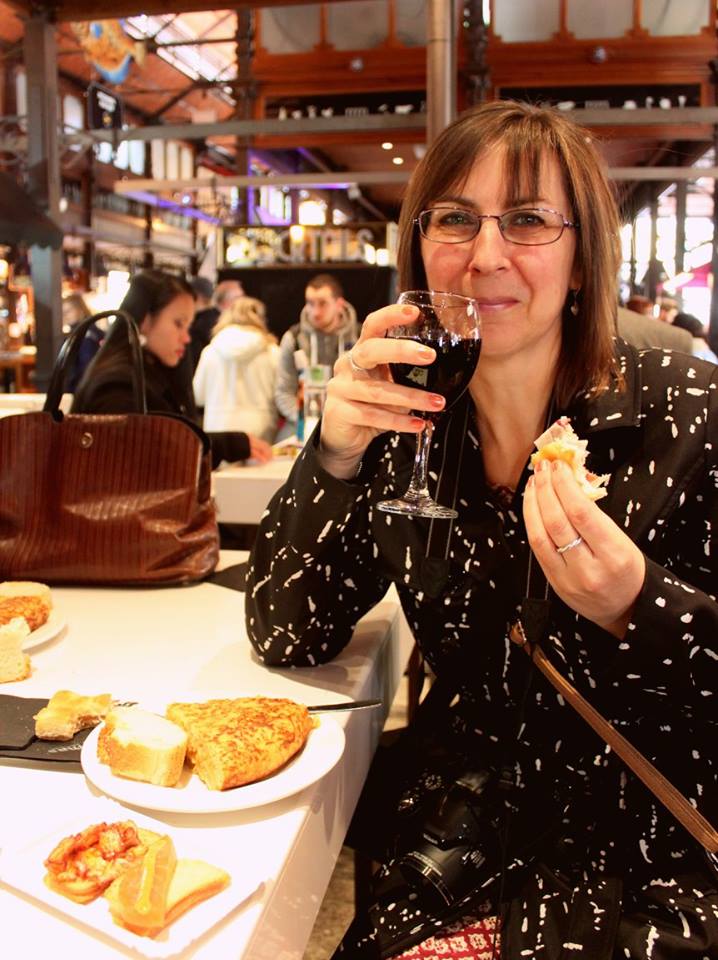
- Sevilla
I instantly fell in love with Sevilla. She has a charm like no other Spanish city that I’ve been to before. From the orange trees in the blossom covered plazas to the beautifully magnificent churches around every corner, she is a city born out of religion and enchanting Spanish history. Home to the second biggest cathedral in Europe and the filming locations of both Game of Thrones and Star Wars Episode II, it’s a fantastic city to explore for a few days.
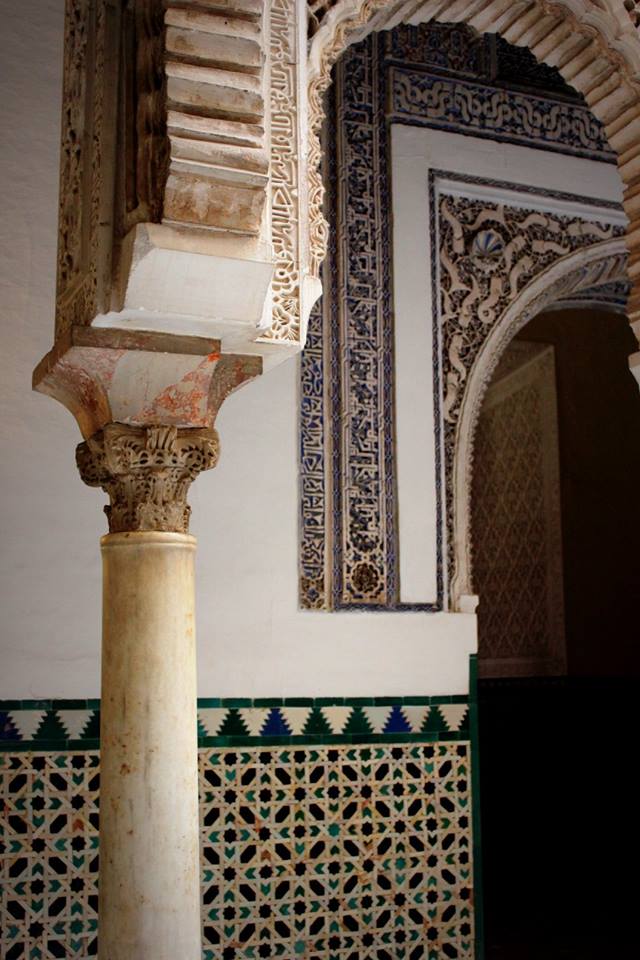
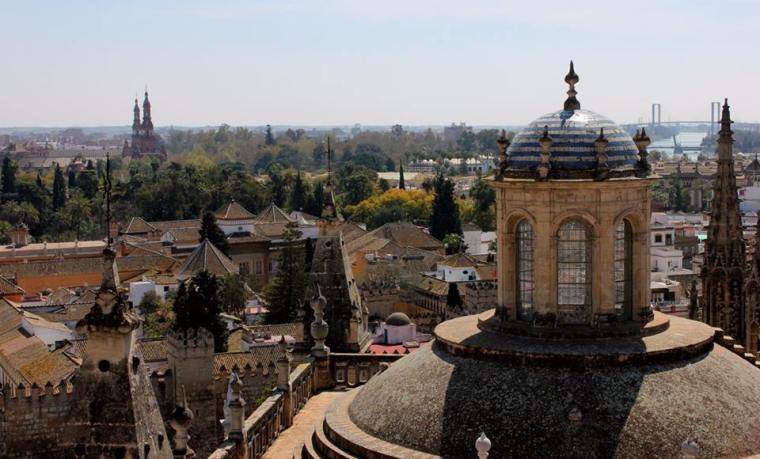
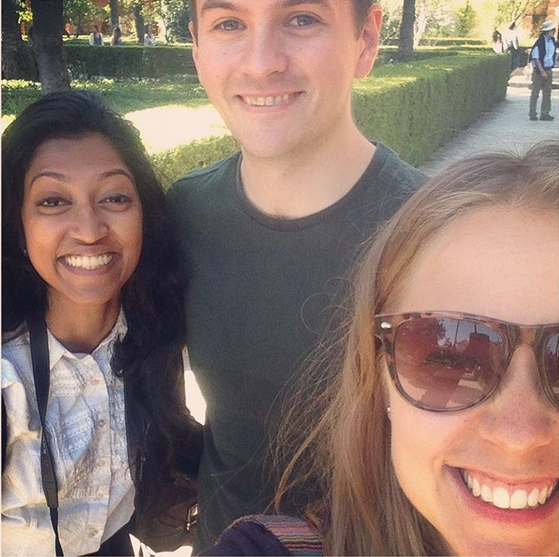
A particular highlight was the evening my friends and I spent in a small sala (lounge) in a gem of a bar listening to some authentic flamenco singing. Stereotypes had prepared me for a young female dancer in a red dress but we were pleasantly surprised to find a quartet consisting of José the insanely talented guitarist, singers David and Enrique (who was possibly older than 80 and probably forever slightly drunk on red wine) and an incredible, young, male dancer. Not what we were expecting but definitely a pleasant surprise.
- Cádiz
Almost entirely surrounded by water and truly Andalusian in character, Cádiz is Europe’s oldest inhabited city. With not a lot going on within the city on a lazy Easter Sunday, we were content to spend a super relaxing day snoozing on the beach, exploring a Moorish fort designed in the shape of a star and eating some of the best paella and fried fish of the entire holiday.
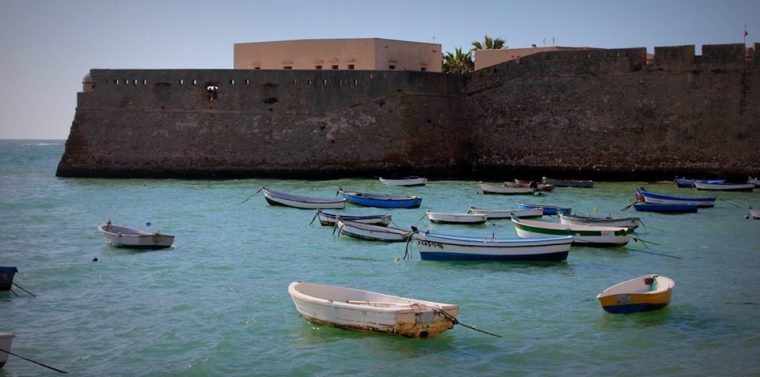
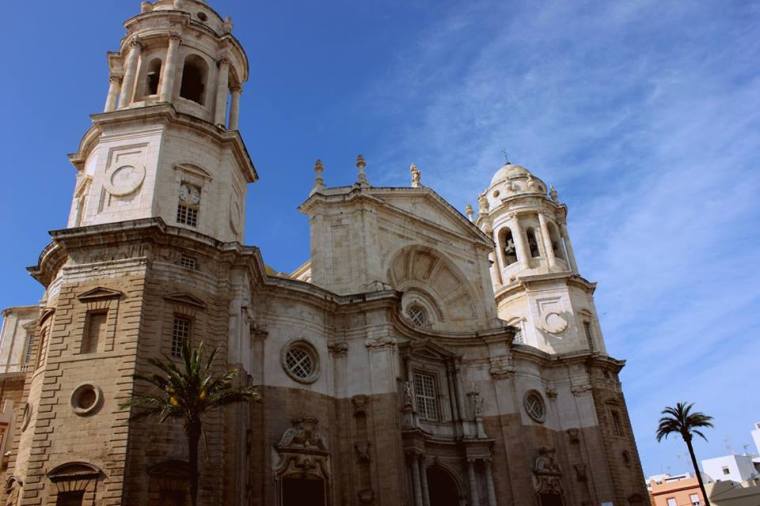
- Malaga
Heading further east through Andalucia, our next stop was Malaga which I didn’t get to explore as much as I would have liked. This is entirely my own fault as I had one too many glasses of wine… plus a cocktail, some beer and possibly even shots…who needs specifics? Anyway, this resulted in a day spent sleeping and watching the world go by from the roof terrace as opposed to venturing out into the town itself. I did however make some time the next morning for a spot of wandering and enjoyed snapping away in the famous Mercado Central Atarazanas. A quiet Wednesday morning was incidentally a great time to visit as the only other people I really had to contend with for some cheap fresh fruit were little old ladies with their pull-along trolleys and a few early-bird tourists.
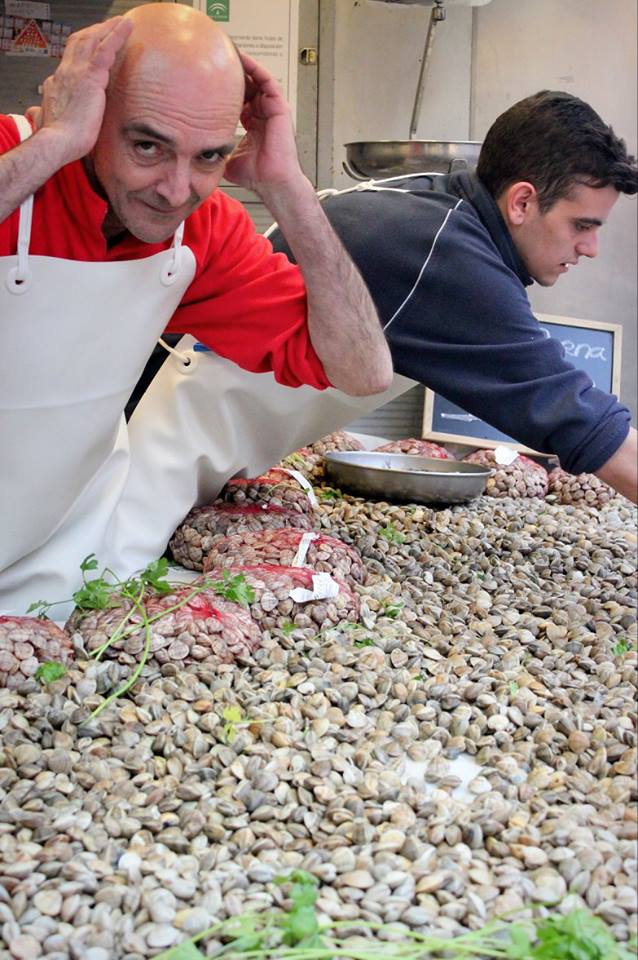
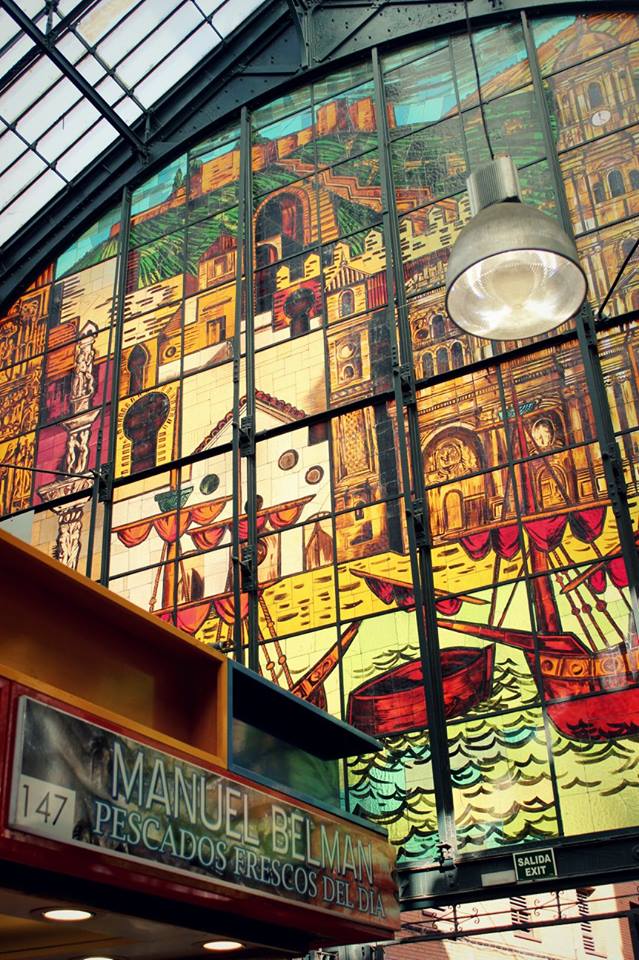
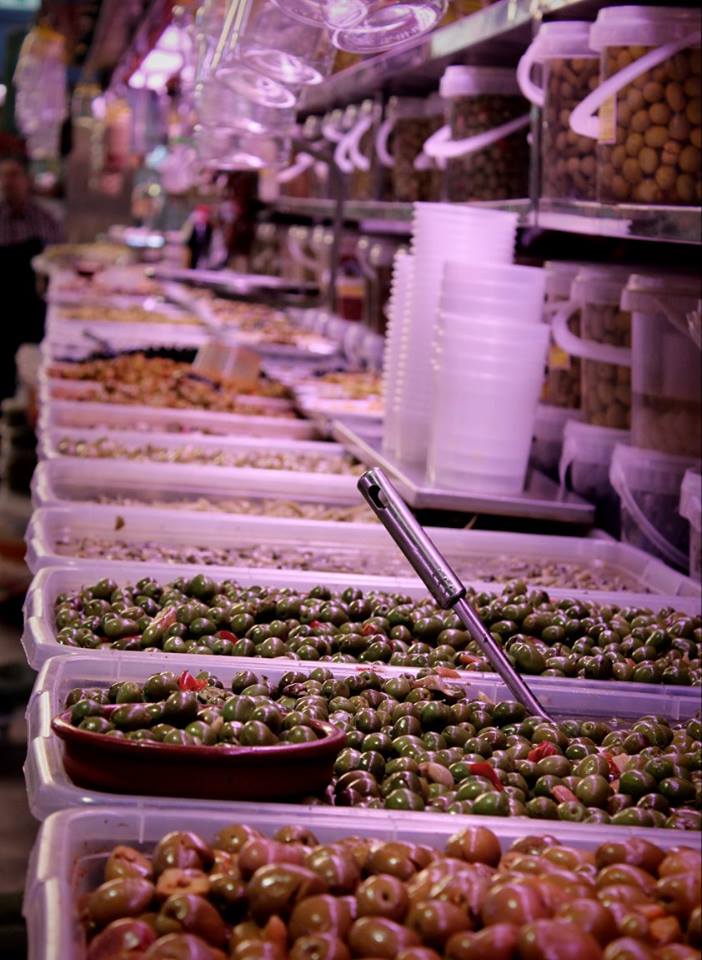
There are too many tourists in Malaga for my liking but some great bars and seriously good seafood restaurants (so my companions tell me, I was still in bed). We even tried some famous sweet wine in Malaga’s most famous bar, El Pimpi, which has pictures of every celebrity who has ever bought a drink there. This means that the walls are mostly covered with pictures of Antonio Banderas who is from Malaga and this is something that the people here are clearly rather proud of.
- Granada
So remember I said I fell in love with Sevilla? That was merely a school girl crush compared to beautiful Granada. This gorgeous city is on another level entirely and where I could see myself living in a few years time. Just the view from the bus as you approach the city was enough to make me super excited; a typical Andalusian city surrounded by snowcapped mountains with the Alhambra looming overhead.
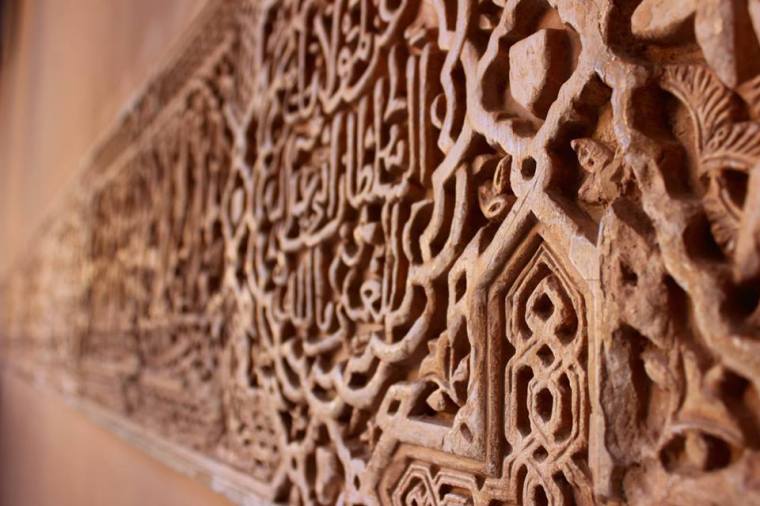
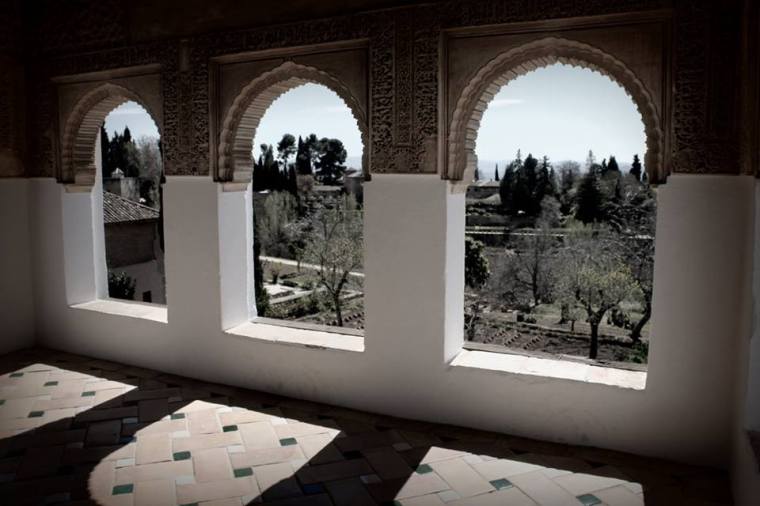
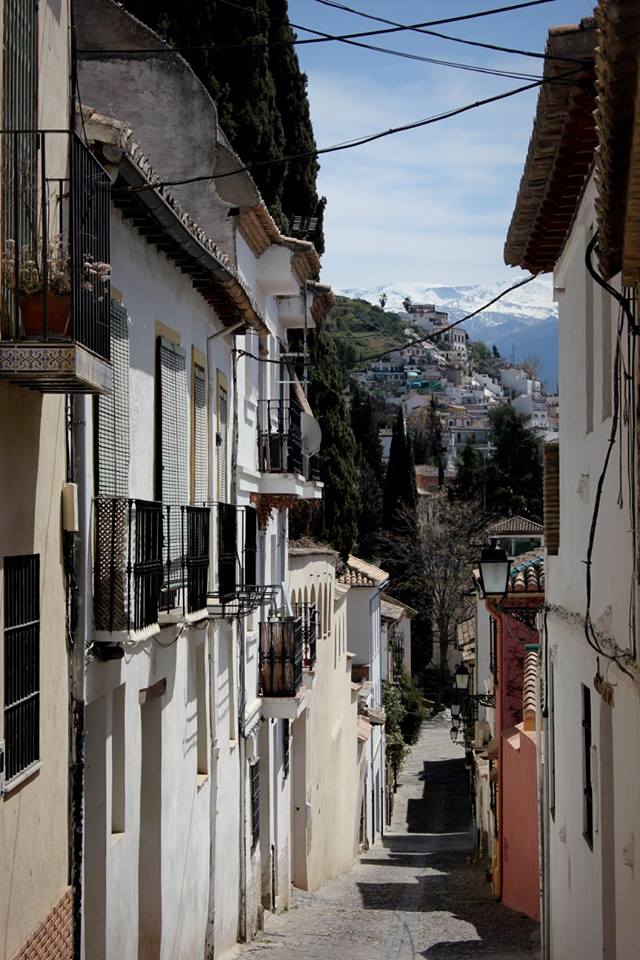
The Alhambra; a tourist attraction which certainly did not disappoint. The most visited attraction in Spain, the Alhambra takes up about 50% of the tourist city map and is simply a huge complex of palaces and gardens with the most breath-taking architectural design that I have ever seen. It is similar to the Alcazar of Sevilla but about twenty times the size. Paying for the guided tour was a great decision, not least because we’d have got lost without the beautiful Esmerelda to show us the way, but also because we got to find out some juicy facts about various sultans who once resided there. For example, one particular sultan apparently owned 50,000 women, and would romance (putting it cleanly) approximately 3 of them a day. According to Esmerelda, he died this way…
Granada is also home to the whole ‘free tapas with a drink’ thing, something which we certainly did not make the most of. This is because we were usually so hungry by the time we sat down to eat that we didn’t give them a chance to put anything free in front of us before we ordered food. I will certainly not be making this mistake on my imminent return.
- Barcelona
My final stop was Barcelona. The city that literally has it all; the beach, the bustling city centre, the history, the mountains with an epic view, the crazy nightlife (and the partygoers to go with it), the awesome art and architecture, I could go on. At one point, I enthusiastically described Barcelona as a ‘super trendy’ city and I instantly became un-trendy by doing so.
It was here that I met up with university pals and we basically spent the weekend strolling arm in arm catching up and reminiscing. Two days was nowhere near enough to see just a snippet of Barcelona but we certainly gave it our best shot. Highlights included listening to a string duo for an hour in Güell Park, unintentionally watching the Barcelona vs Real Madrid match over paella, being cultural in the Picasso Museum (which is free the first Sunday of the month, WINNING) and drinking street sangria in the sun next to the mightily expensive super yachts in the marina.
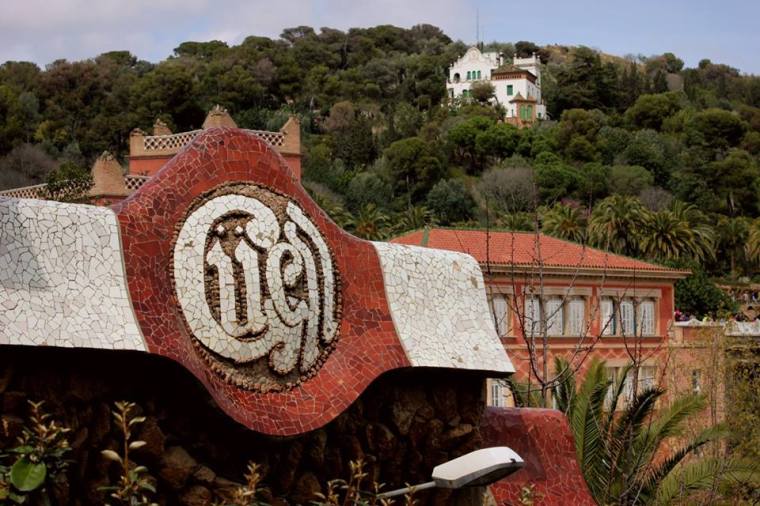
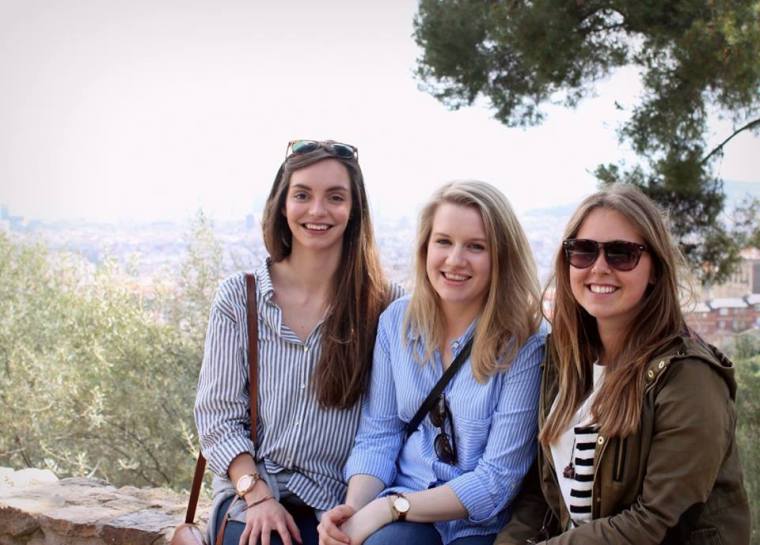
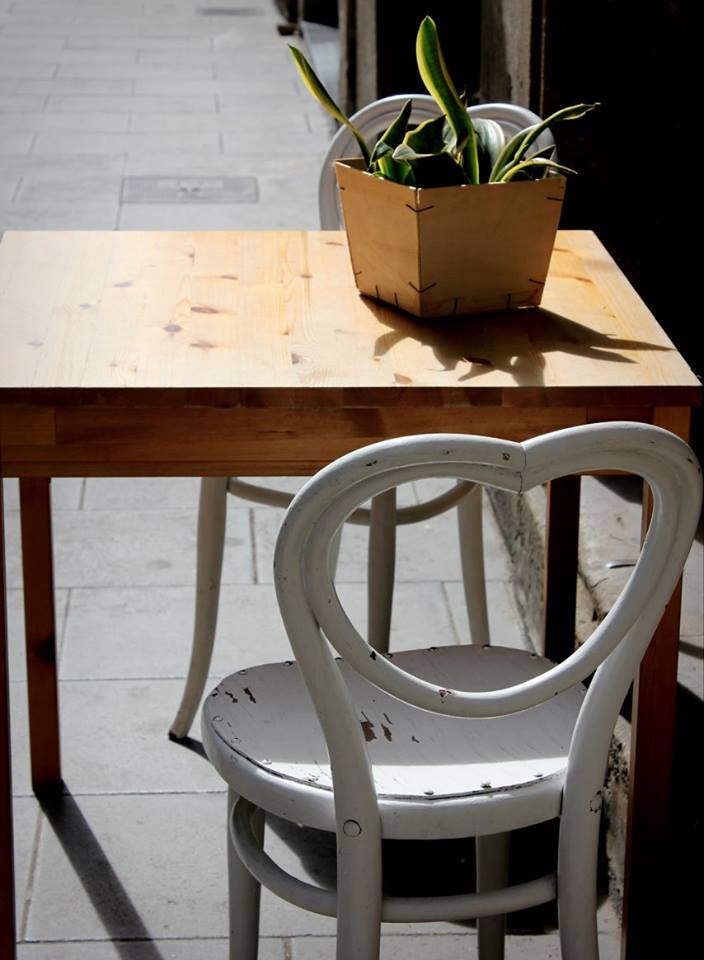
And thus I flew back to Basque Country, 9 hours before I would have to be up in time for school again the next morning. A cracking 2 weeks and I’m already plotting my next movements. Gotta keep up the tan!!
I’ll stop there as I’ve gotten carried away again. Until next time amigos!
